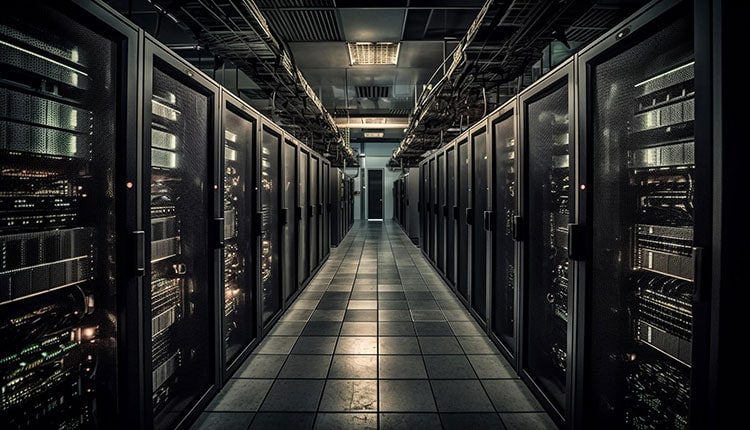Introduction
In Cedar Rapids, the impending arrival of a Google data center has sparked conversations about water usage, energy consumption, and sustainability. As the city weighs the economic benefits against environmental concerns, it’s essential to delve into the intricate balance between growth and resource management.
The Water Challenge: Striking a Balance
With leaders approving tax breaks for the proposed Google data center, attention turns to the city’s water supply. Currently, the top consumers already utilize a significant portion of treated water. If Google joins the fray, the strain on resources could increase. However, Cedar Rapids maintains surplus water capacity, albeit mostly unused except for peak summer periods. Exploring options like drilling more wells along the Cedar River could bolster supply, but infrastructure upgrades come with their own set of challenges.
Energy Intensity: Unveiling Hidden Costs
Data centers, crucial hubs for online activity, operate on massive amounts of energy, primarily for cooling systems. This demand for electricity presents a dual challenge: meeting the needs of these facilities while striving for sustainability. As Cedar Rapids negotiates with Google and Alliant Energy, it’s imperative to consider the environmental impact of increased energy consumption.
Negotiating the Future: Google’s Potential Impact
While the potential economic benefits of hosting a Google data center are enticing, the city remains cautious. Negotiations are ongoing, with tax incentives being weighed against concerns about water and energy usage. As discussions continue, transparency regarding projected consumption levels is crucial for informed decision-making.
Environmental Concerns: Mitigating Water Usage and Climate Impact
Data centers’ water-intensive cooling systems raise concerns about resource depletion and environmental impact. Cedar Rapids must navigate these challenges while upholding its commitment to sustainability. This includes exploring alternative cooling methods and prioritizing renewable energy sources to mitigate climate impact.
Alliant Energy’s Response: Balancing Growth and Sustainability
As Alliant Energy works to accommodate data center demands, it faces the dual challenge of supporting growth while minimizing environmental impact. Balancing the need for reliable electricity with the imperative to reduce carbon emissions requires innovative solutions and collaboration between stakeholders.
Iowa’s Data Center Landscape: Growth and Infrastructure Demands
Beyond Cedar Rapids, Iowa’s data center landscape is evolving rapidly. With major players like Meta and Microsoft expanding their presence, municipalities are grappling with infrastructure demands. Investment in water treatment plants and wells is essential to meet growing water needs, while renewable energy initiatives aim to align growth with sustainability goals.
Local Initiatives: Altoona’s Response to Data Center Expansion
Altoona’s experience with data center expansion provides valuable insights for Cedar Rapids. As Meta’s complex grows, the city is investing in water infrastructure upgrades to meet escalating demands. This proactive approach highlights the importance of anticipating future needs and investing in sustainable solutions.
Conclusion: Toward Sustainable Solutions
As Cedar Rapids navigates the complexities of data center expansion, it must prioritize sustainability and environmental stewardship. By leveraging surplus water capacity, investing in renewable energy, and fostering collaboration between stakeholders, the city can achieve economic growth while minimizing its ecological footprint. As discussions with Google and Alliant Energy continue, transparency and proactive planning will be essential for charting a path toward a sustainable future.

